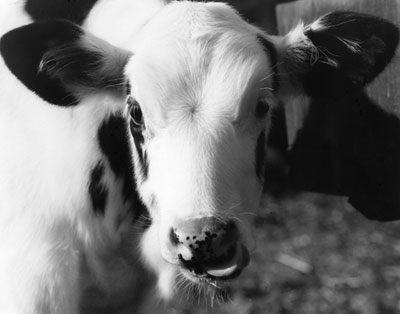All Nonfiction
- Bullying
- Books
- Academic
- Author Interviews
- Celebrity interviews
- College Articles
- College Essays
- Educator of the Year
- Heroes
- Interviews
- Memoir
- Personal Experience
- Sports
- Travel & Culture
All Opinions
- Bullying
- Current Events / Politics
- Discrimination
- Drugs / Alcohol / Smoking
- Entertainment / Celebrities
- Environment
- Love / Relationships
- Movies / Music / TV
- Pop Culture / Trends
- School / College
- Social Issues / Civics
- Spirituality / Religion
- Sports / Hobbies
All Hot Topics
- Bullying
- Community Service
- Environment
- Health
- Letters to the Editor
- Pride & Prejudice
- What Matters
- Back
Summer Guide
- Program Links
- Program Reviews
- Back
College Guide
- College Links
- College Reviews
- College Essays
- College Articles
- Back
The Beef Debate MAG
In the meat section of a Whole Foods store, you can find two almost identical steaks – one priced $9.99 and the other $7.99. The only difference between them is the animal's diet. The more expensive one is from a grass-fed steer and the other is from a grain-fed steer. So which is better? I live on a farm and show beef in 4-H, so I've learned a lot about this. The grain-fed steak will have more fat and be juicier, while the grass-fed one will be tougher with less fat – but is healthier for you.
So which is better? To answer that I had to dig around. According to the PBS documentary “King Corn,” farmers started feeding grain (mainly corn) to steers in the 1950s after World War II. Corn is a very high-energy feed, so steers could be raised to a market weight of 1,400 pounds in as little as 15 months compared to the two to three years it takes if they graze on pastureland. Grain-feeding also required less space. In the 1950s a large feedlot was probably 200 head, but today they can easily reach more than 10,000.
My grandparents vacation in the Southwest, and one day found themselves lost in a sea of beef. They had accidentally driven onto a massive feedlot, which continued for miles and miles. All they could see were pens of cattle in every directions. Sadly, the owners of the operation made them delete all of their pictures because they were afraid the conditions of the cattle would be publicized.
So is grass-fed meat really better? Some say yes, but I don't agree. Grass-fed is just what it sounds: cows eating grass. They are put in pasture in the summer and fed hay bales other times of the year. Some companies even boast that their steers have never touched grain, but that just means the meat is tougher, takes longer to come to market, costs more, and, in my opinion, doesn't taste as good. The grass does give them omega-3s and less fat, so it's healthier. But does that make it better? It is better for us and the steer, but the people feeding steers grass are just like the ones running feedlots – all they care about is turning a profit.
The best way to raise steers is demonstrated by the small farmer. They feed what will be good both for the livestock and for production. The animals are given grass and corn feed, but farmers must take better care of their animals because they have 50 head, not 500. The farmers find the best way to feed steers and pass their tricks on to their kids, many of whom show in 4-H.
I show dairy steers and still have much to learn – from picking the best calves to how to keep the pens clean. I get my calves from my neighbor's dairy farm; milking over 600 head, they have two to three calves a day. I choose a calf when it is less than a week old, so it's hard to tell which is the best. Generally I look for the stocky ones.
So, to answer the main question, which steak is better? The answer: it depends on the consumer. If taste is what you want, then buy grain-fed beef. If you want a healthier diet, choose grass-fed beef. Farmers are only going to raise and sell what consumers will buy, so we really have all the power here.
I think that when it comes to buying beef, the best option is to pass up the meat section in the supermarket and find the nearest meat locker instead. Or better yet, get your meat directly from a farm. This way you're supporting local farmers and you know exactly where your meat is coming from.

Similar Articles
JOIN THE DISCUSSION
This article has 0 comments.
